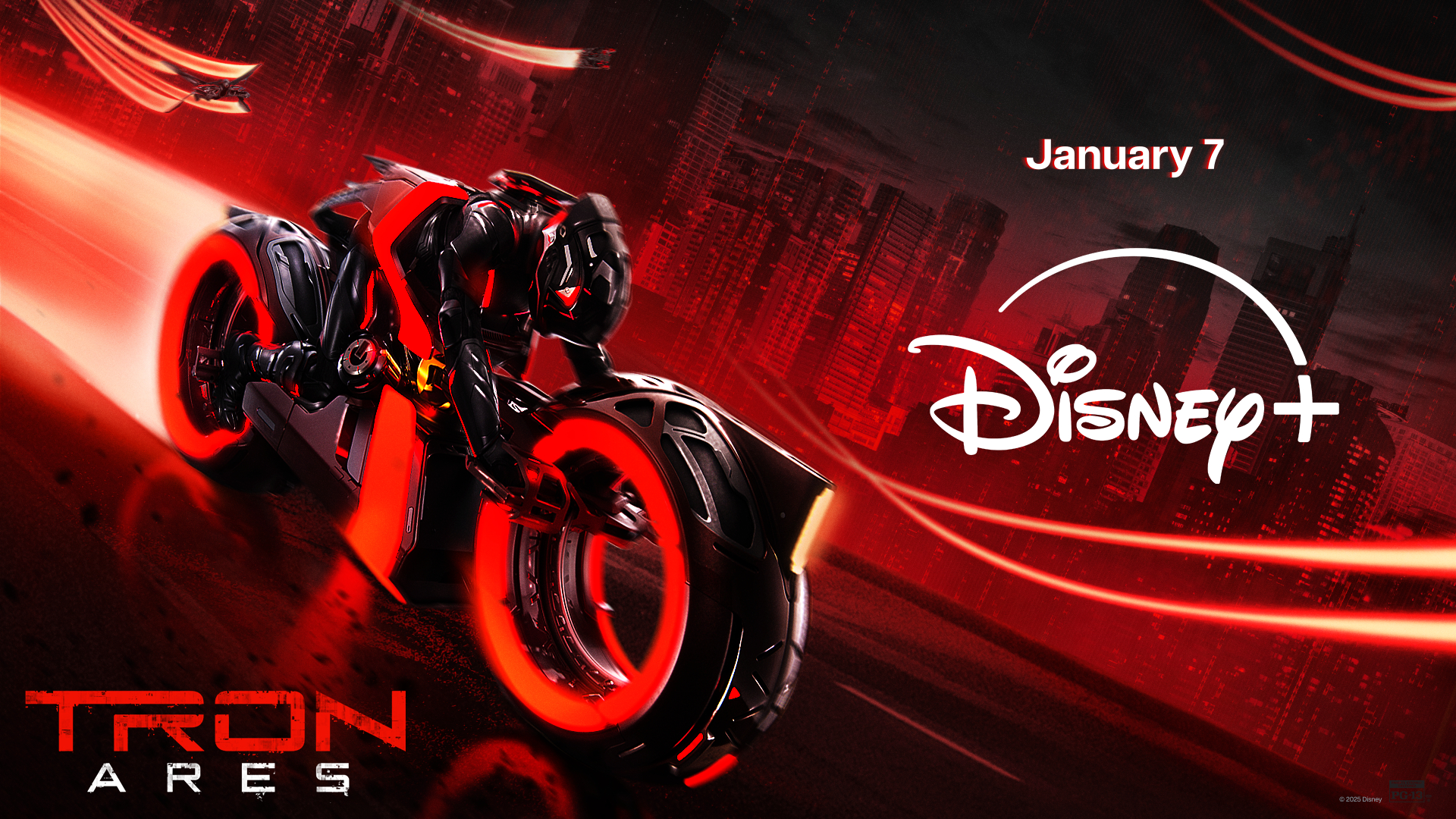Details Emerge on Jeff Bezos' Space Plans
Multi-billionaire Jeffrey Bezos, founder and CEO of Amazon.com, is in the rocket business. But details about the Bezos booster work -- through his Blue Origin group -- have been sketchy at best.
Last month, Blue Origin began to reveal specifics about its rocket plans, discussing them in part during public meetings held in the Texas towns of Van Horn and Dell City.
The gatherings were scoping meetings, held to learn of any public concerns about Blue Origin launch activities in the state -- one activity required under the National Environmental Protection Act that takes into account noise, land use, geological impact and other issues.
That environmental assessment is tied to Blue Origin's request for a license to operate its vehicle. The license would be issued by the Federal Aviation Administration's Office of Commercial Space Transportation.
According to the Blue Origin web site, the company is actively hiring. They note that since June 2003 they have more than doubled the size of their Seattle-based design team. "Blue personnel," the web site explains, have played key roles on a variety of vehicle development programs, such as the Delta Clipper-Experimental (DC-X), Sea Launch, the Kistler K-1, Beal Aerospace, Space Shuttle, Iridium and National Missile Defense.
Incremental development
Several Blue Origin officials took part in last month's public meetings: Rob Meyerson, Project Manager, Ed Rutkowski, Launch Operations Manager, and Bruce Hicks, a company spokesman.
Breaking space news, the latest updates on rocket launches, skywatching events and more!
According to press accounts of the meetings carried in the Van Horn Advocate and the Odessa American newspapers, these facts came to light:
- Blue Origin plans to design, build and operate a series of reusable launch vehicles. The first craft would take off and land vertically -- tested at various altitudes -- and would eventually carry three or more astronauts to the edge of space.
- There will be incremental, step-by-step development of Blue Origin vehicles. Earliest date for flight testing could be in the fourth quarter of 2006 -- a date that depends on vehicle and launch site readiness.
- Blue Origin expects to perform flight testing for three to five years before beginning regular commercial flights. During this early testing phase, the number of launchings now anticipated would be less than 25 times a year, perhaps ramping up to that total within seven years.
- Launch vehicles will be fabricated in the Seattle, Washington area and trucked to the Texas launch complex.
Texas turf
The public meetings also allowed Blue Origin officials to apprise townsfolk about the launch complex that the company intends to plant on Texas turf.
The launch site on privately-owned property is to comprise about 800 acres of the 167,000-acre Corn Ranch. It will be situated some 30 miles north of Van Horn and five miles east of State Highway 54. The closest private neighboring ranch home is over seven miles from the Blue Origin launch complex, to the northwest.
The complex will be situated 25 miles south of the Guadalupe Mountains National Park.
Blue Origin will put in a road from State Highway 54 into the fenced-off launch facility. The site itself will scale up to roughly 5 miles by 6 miles in dimension. Early site development will include an administrative building, a vehicle processing building, an ordnance storage bunker and a rocket pad.
Construction of the site will start in early 2006 and take a year to complete. The self-sustaining complex is to include power generation, data handling, as well as water and sewer systems.
At the site, rocket rumbling is expected to be minimal. For those situated closest to the launch area on State Highway 54, it was explained that rocket blasts would equal the noise from a semi-truck passing on the highway -- and that for only about 15 seconds.
Initial rocket design
According to a Blue Origin document once posted on the company web site, the group's initial rocket design would comprise a propulsion module and a crew capsule. Hydrogen peroxide and kerosene are to be used as propellants.
The vehicle would be fully reusable, flying autonomously under control of on-board computers. There would be no ground control during nominal flight conditions.
Lifting off vertically from a concrete pad, the craft would land vertically in an area near the launch pad. That flight profile is common to the trajectory flown by the Pentagon/NASA-sponsored Delta Clipper Experimental (DC-X).
The DC-X was built under contract at McDonnell Douglas and repeatedly flew from the White Sands Missile Range in New Mexico starting in the early 1990s.
Platform tests
While Blue Origin is becoming less tight-lipped about their plans, actual testing of rocket hardware remains in the rumor-mill status.
There are tales about Blue Origin's testing of an unpiloted vertical takeoff and vertical landing platform. It is purportedly powered by four turbojets. The vintage engines are believed to have been procured from a non-U.S. source and are each capable of cranking out about 3,000 pounds of thrust.
Testing of the platform late last year -- and possibly follow-on tests this year -- takes place in Central Eastern Washington State and center on shaking out control aspects of the platform.

Leonard David is an award-winning space journalist who has been reporting on space activities for more than 50 years. Currently writing as Space.com's Space Insider Columnist among his other projects, Leonard has authored numerous books on space exploration, Mars missions and more, with his latest being "Moon Rush: The New Space Race" published in 2019 by National Geographic. He also wrote "Mars: Our Future on the Red Planet" released in 2016 by National Geographic. Leonard has served as a correspondent for SpaceNews, Scientific American and Aerospace America for the AIAA. He has received many awards, including the first Ordway Award for Sustained Excellence in Spaceflight History in 2015 at the AAS Wernher von Braun Memorial Symposium. You can find out Leonard's latest project at his website and on Twitter.
